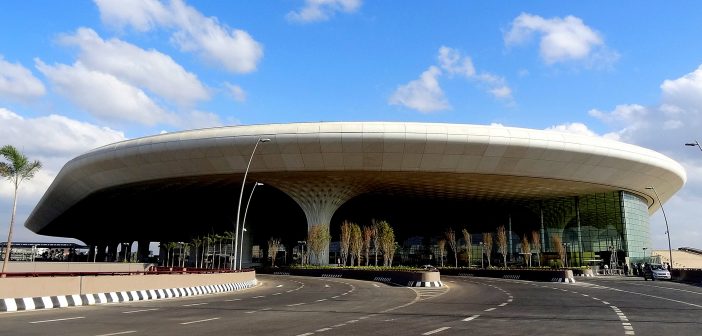Chhatrapati Shivaji Maharaj International Airport (CSMIA), formerly known as Mumbai International Airport, is India’s second busiest airport and a vital gateway to the country’s financial capital. Despite its significant role, concerns around infrastructure, operational efficiency, and passenger experience cast a shadow over its ability to compete with world-class airports. Let’s delve into the deficiencies hindering CSMIA’s smooth takeoff.
Infrastructure Overload: Built to handle 40 million passengers annually, CSMIA currently serves over 60 million, exceeding its capacity by 50%. This translates to crowded terminals, long queues for check-in, security, and immigration, and delays in baggage claim. Additionally, the single runway system becomes a bottleneck during peak hours, leading to flight disruptions and passenger frustration.
Technological Lag: While digital initiatives like self-service kiosks and automated immigration gates exist, their implementation remains limited. Outdated baggage handling systems and manual processes contribute to baggage delays and lost luggage woes. The lack of seamless Wi-Fi connectivity across the airport further frustrates passengers seeking to stay connected or work during their layovers.
Operational Hiccups: Frequent server crashes and technical glitches disrupt check-in processes, causing inconvenience and delays. Additionally, coordination between airline ground staff and airport authorities needs improvement, leading to confusion and inefficiencies. This lack of smooth collaboration impacts on-time performance and passenger satisfaction.
Passenger Dissatisfaction: A 2023 Skytrax survey rated CSMIA a 4-star airport, highlighting strengths like cleanliness and staff courtesy. However, passengers consistently raise concerns about long queues, limited seating, inadequate amenities, and lack of clear signage. Recent incidents of server crashes and runway closures have further dented traveler confidence.
Global Comparison: Compared to international airports like Singapore Changi or Dubai International, CSMIA falls short in terms of infrastructure, technology, and passenger experience. While these airports boast multi-runway systems, automated processes, and cutting-edge facilities, CSMIA struggles to cope with increasing passenger traffic and maintain global standards.
Looking Ahead: Plans for Takeoff
The Mumbai Airport Authority (MIAL) has acknowledged these concerns and initiated expansion plans. A new integrated terminal, T3, is under construction, expected to boost capacity by 25 million passengers annually. Upgrades to baggage handling systems, self-service kiosks, and Wi-Fi connectivity are also planned.
However, challenges remain. Efficient implementation, timely completion, and addressing operational bottlenecks are crucial. Additionally, fostering collaborative efforts between airlines, ground staff, and airport authorities is vital to ensure smooth operations and improved passenger experience.
Conclusion:
CSMIA stands at a crossroads. It has the potential to be a world-class gateway, but must address its infrastructure limitations, technological inadequacies, and operational inconsistencies. The ongoing expansion plans offer a glimmer of hope, but their successful implementation and a renewed focus on passenger experience are key to ensuring CSMIA truly takes flight again.






